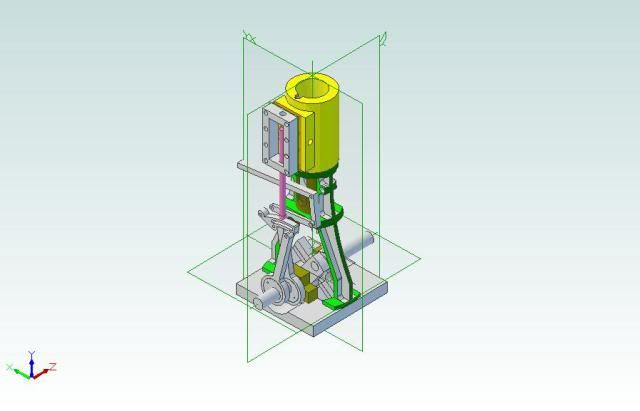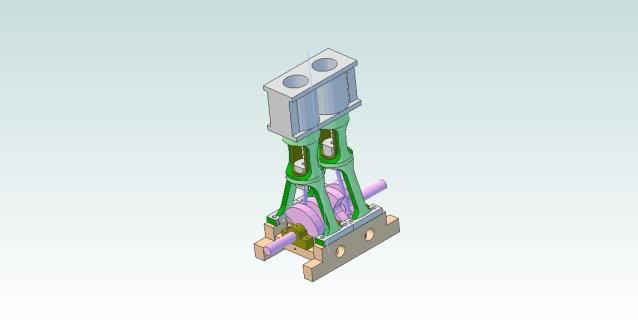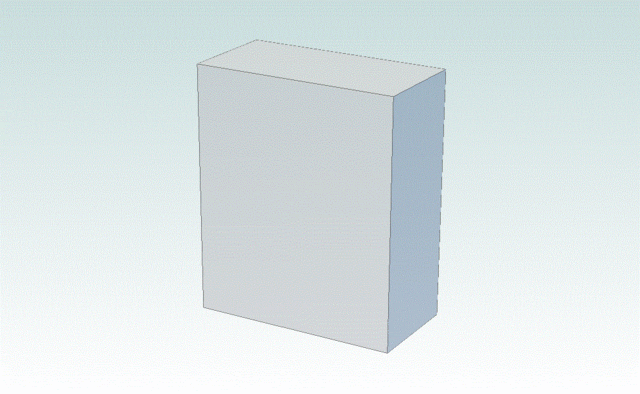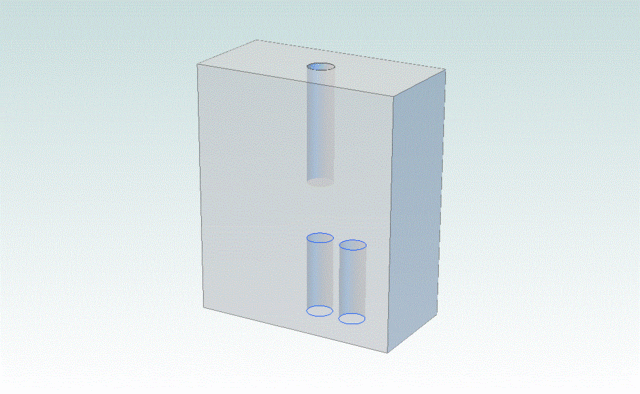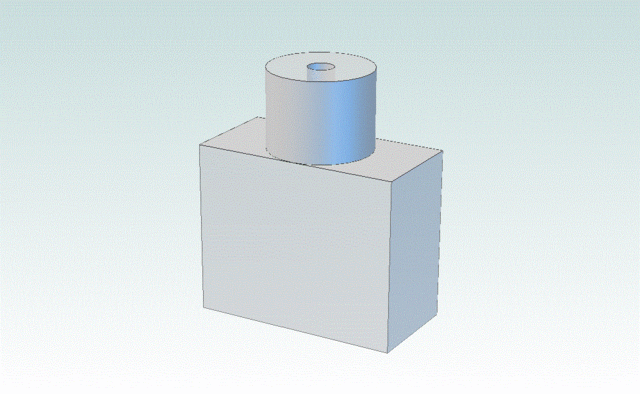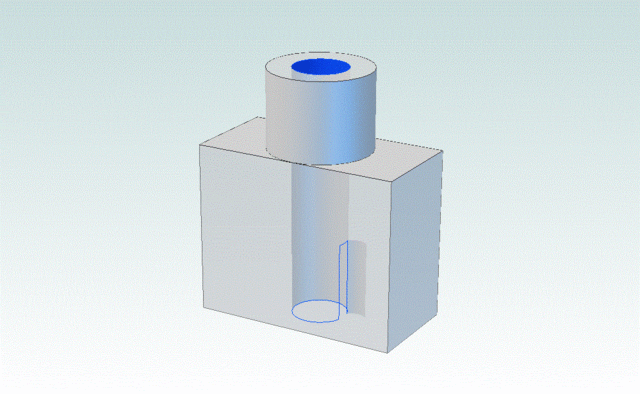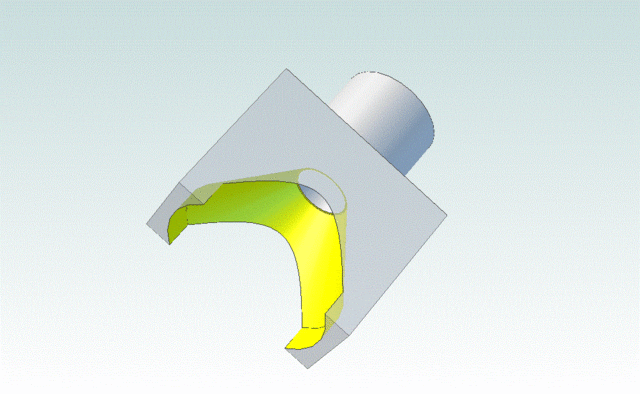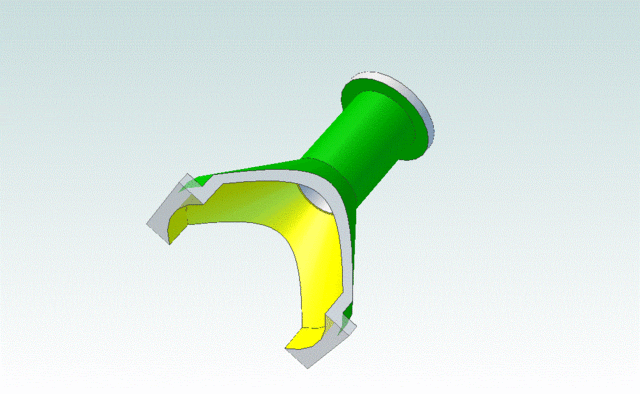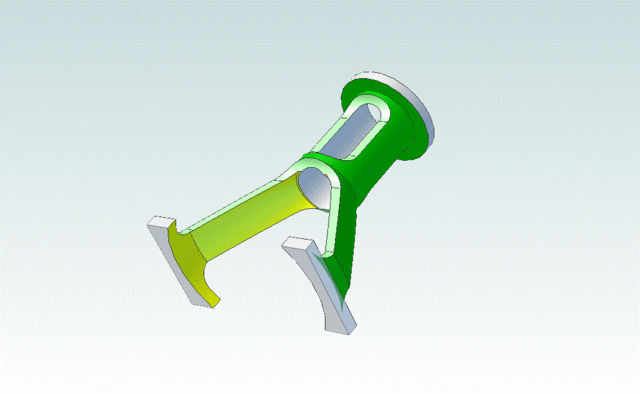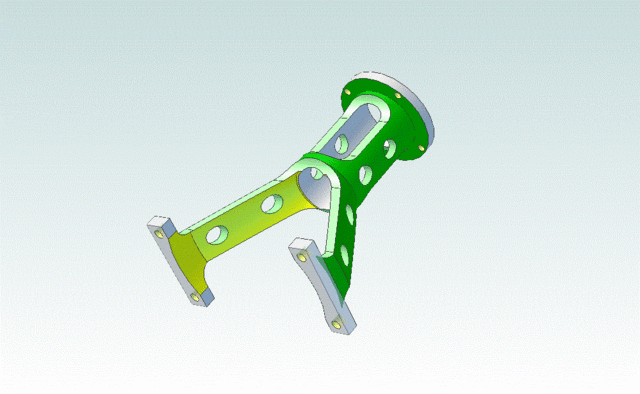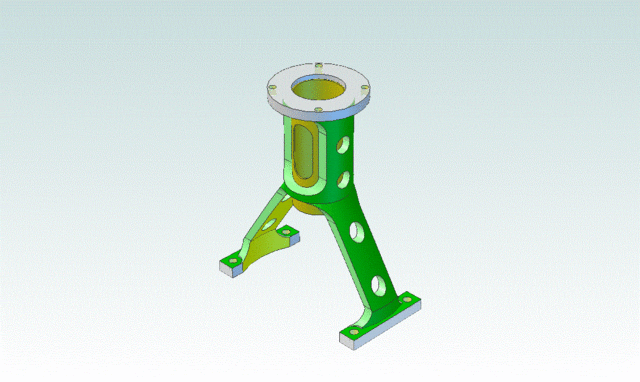- Joined
- Dec 2, 2008
- Messages
- 971
- Reaction score
- 9
I'm going to post this here because I don't know where else to put it. It's not really a work in progress. The design is not really finalized, and I already have a major work in progress, and that is the problem. Unlike a lot of you, I don't have a job to divert my attention, my boating days are almost over, and my dog went to college with my granddaughter. I have almost unlimited shop time, but there are times that I just want to fool around in the shop and NOT work on the donkey. I do not mean to abandon the donkey, just do something else once in a while when the donkey goes stale.
The donkey engine build may go on for a years and in the meantime, there are some other things I would like to achieve. For example.
A multi journal crankshaft, either built-up or one piece.
A reversing engine, either Hackworth or Stephenon linkage.
A trunk type crosshead mechanism.
An engine built with castings.
I see all of these really cool things on this forum and I want to get in on it. Here's what I'm thinking:
http://screencast.com/t/NFSz0huLchTI
At this point it is an Idea in Progress.
Jerry
The donkey engine build may go on for a years and in the meantime, there are some other things I would like to achieve. For example.
A multi journal crankshaft, either built-up or one piece.
A reversing engine, either Hackworth or Stephenon linkage.
A trunk type crosshead mechanism.
An engine built with castings.
I see all of these really cool things on this forum and I want to get in on it. Here's what I'm thinking:
http://screencast.com/t/NFSz0huLchTI
At this point it is an Idea in Progress.
Jerry





